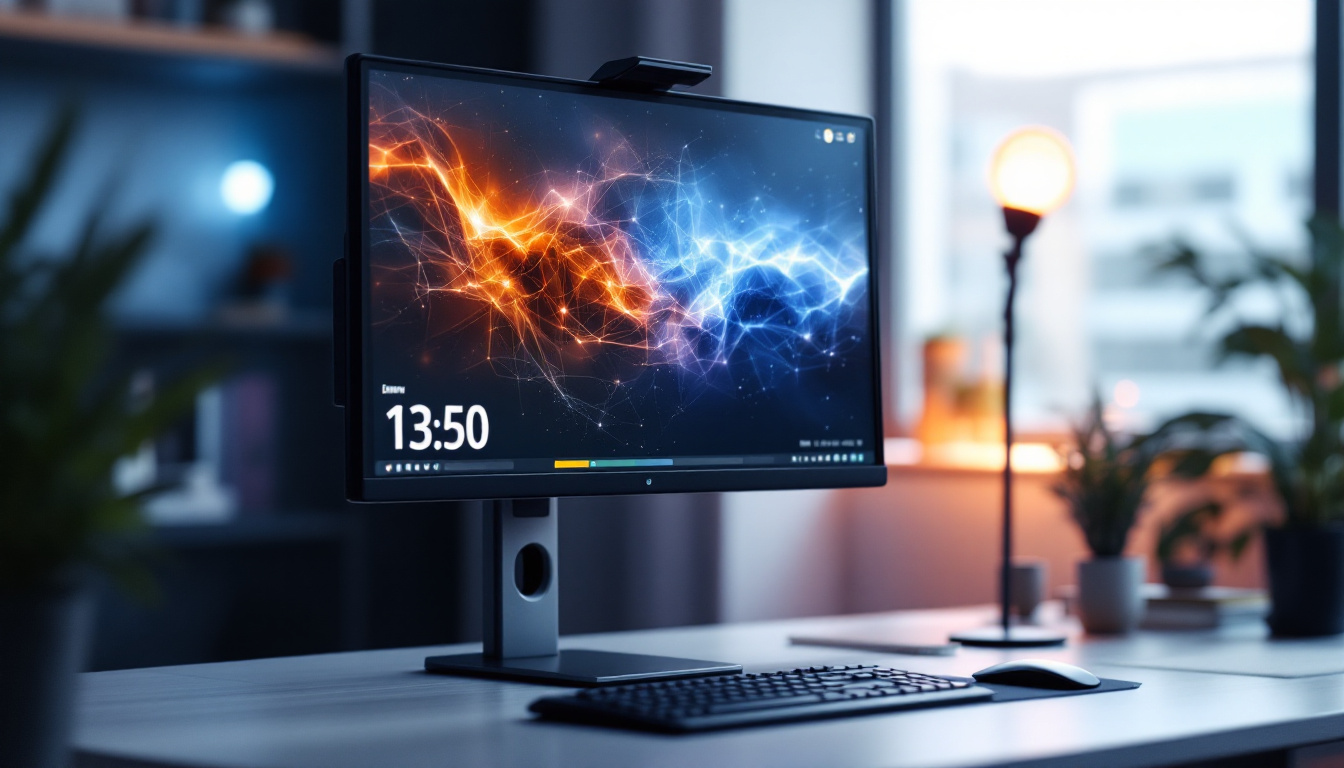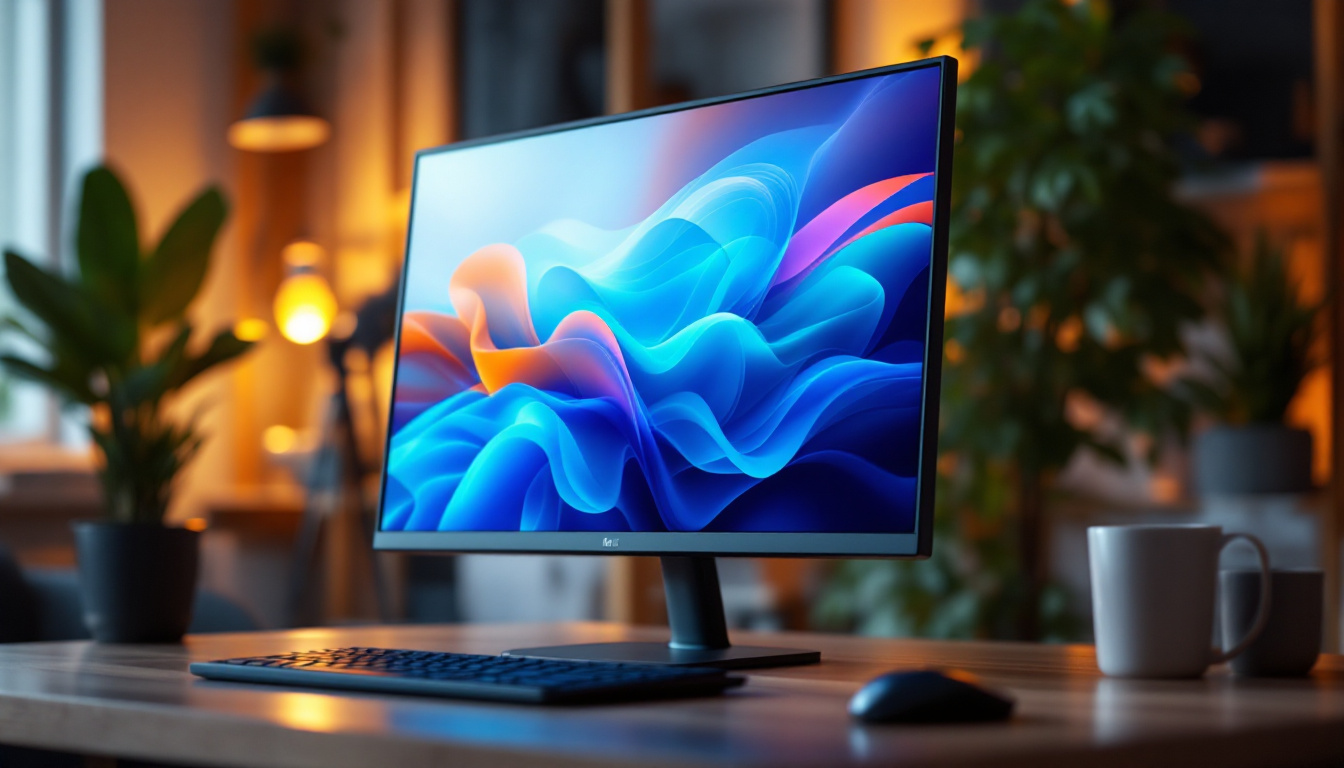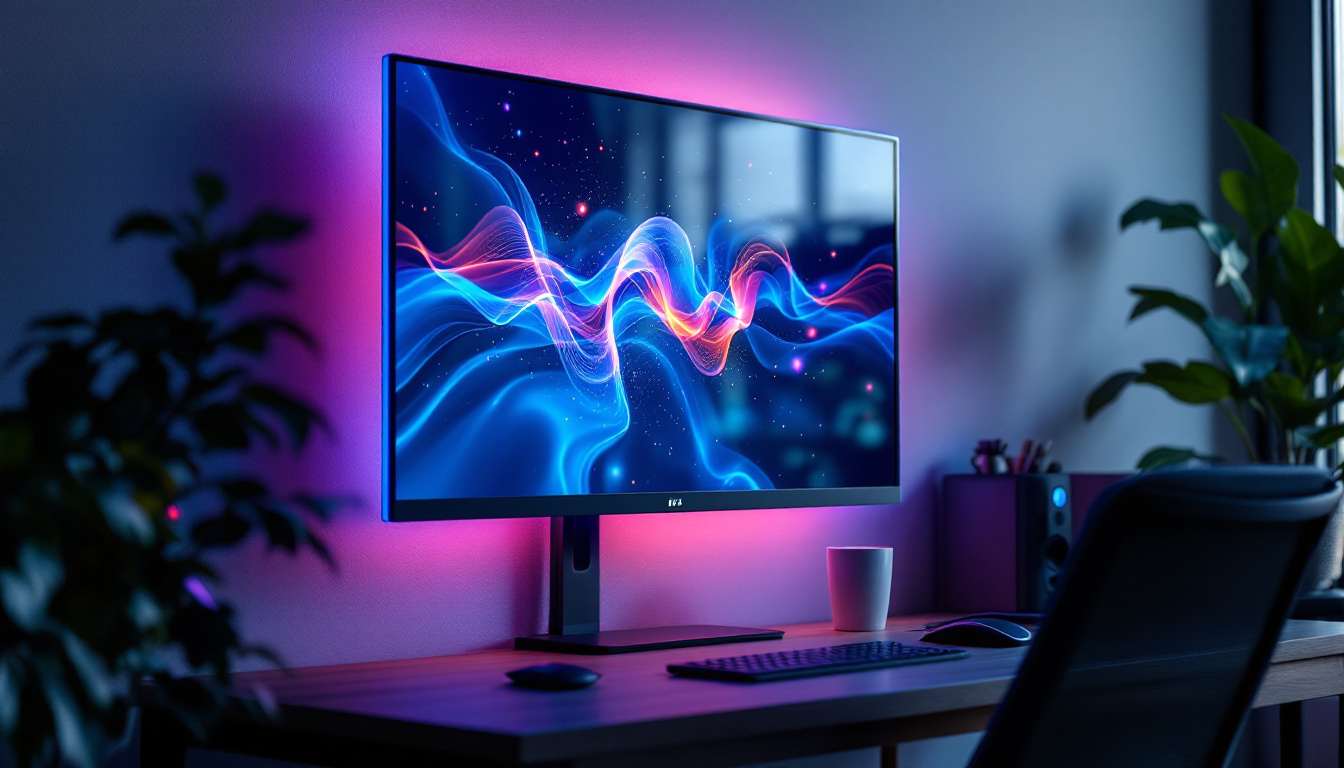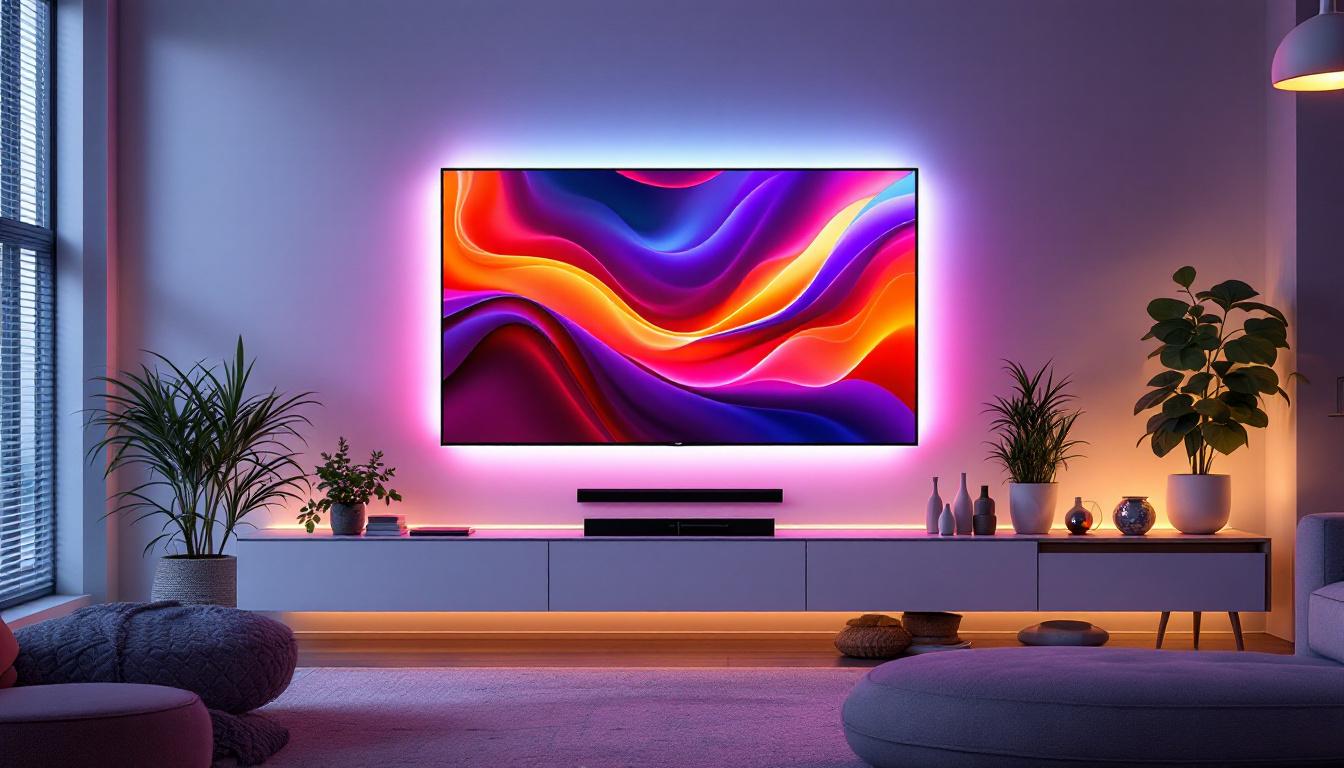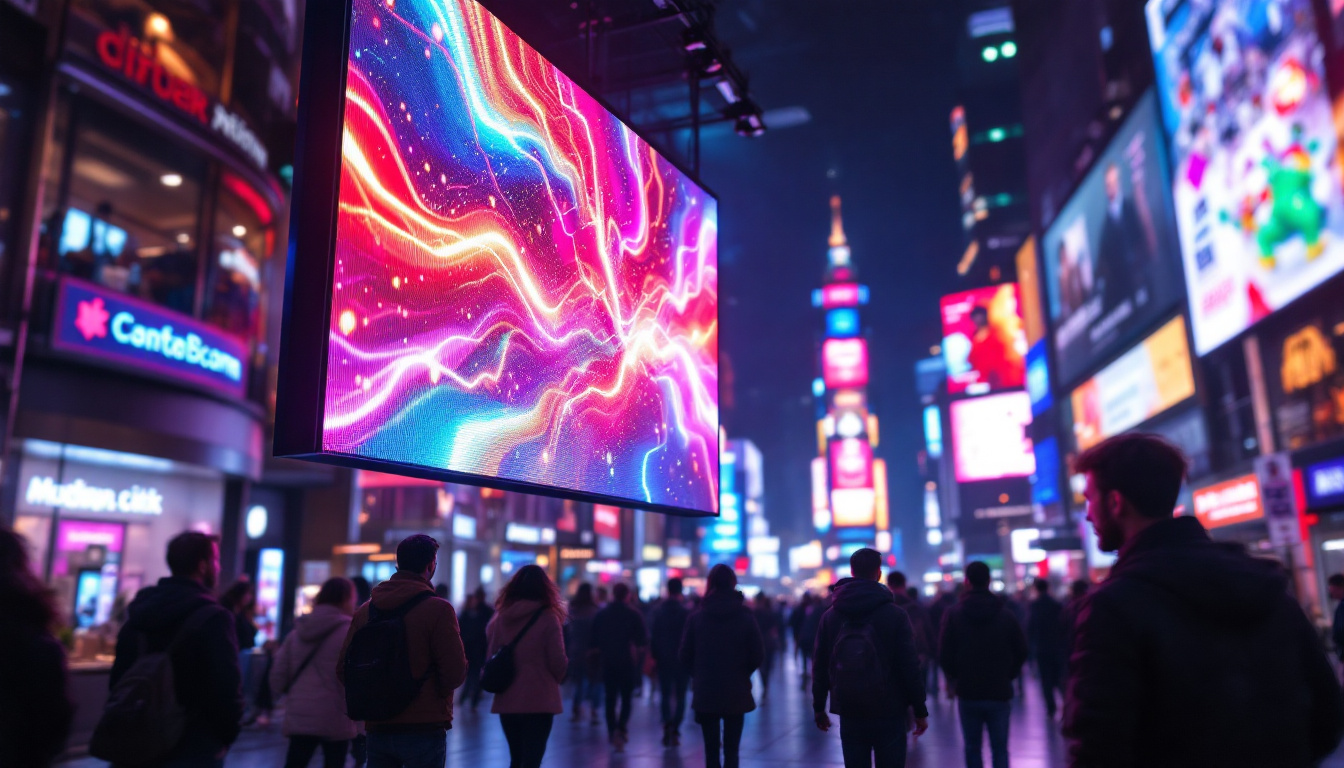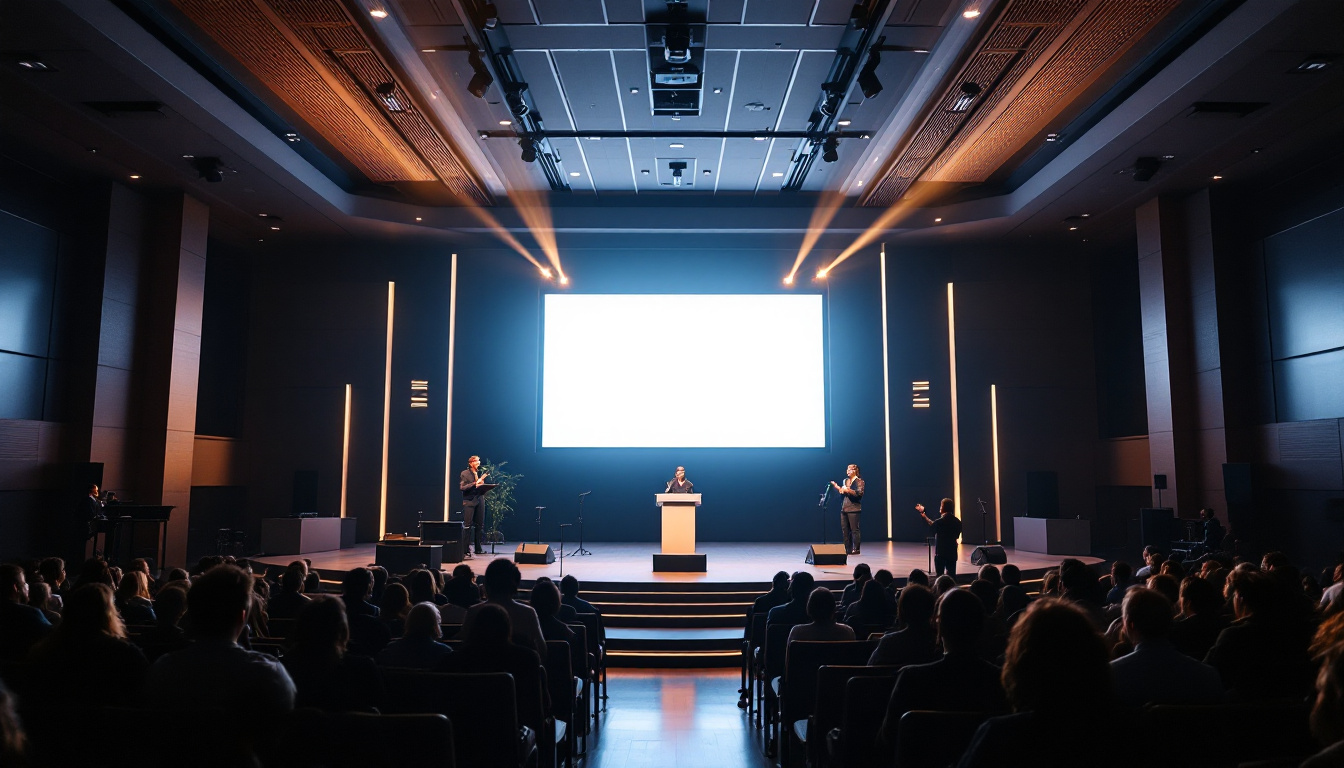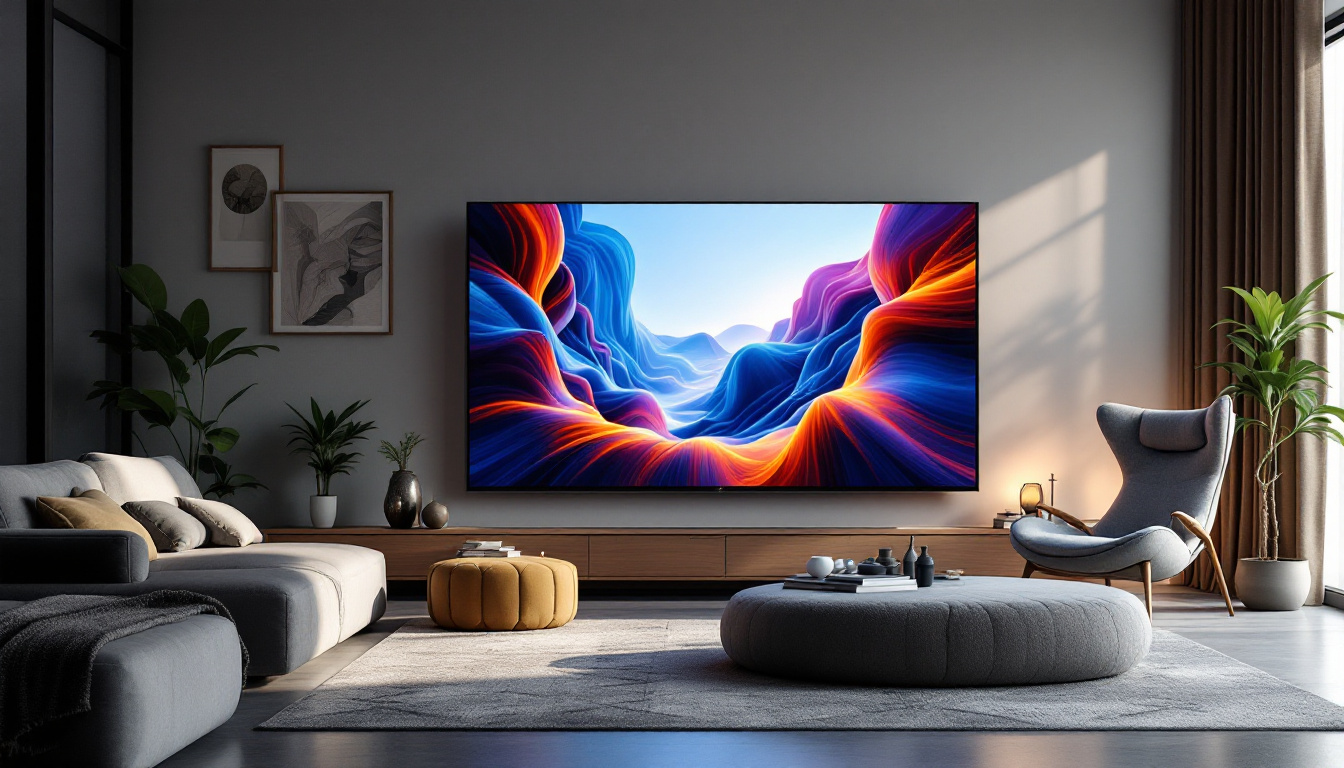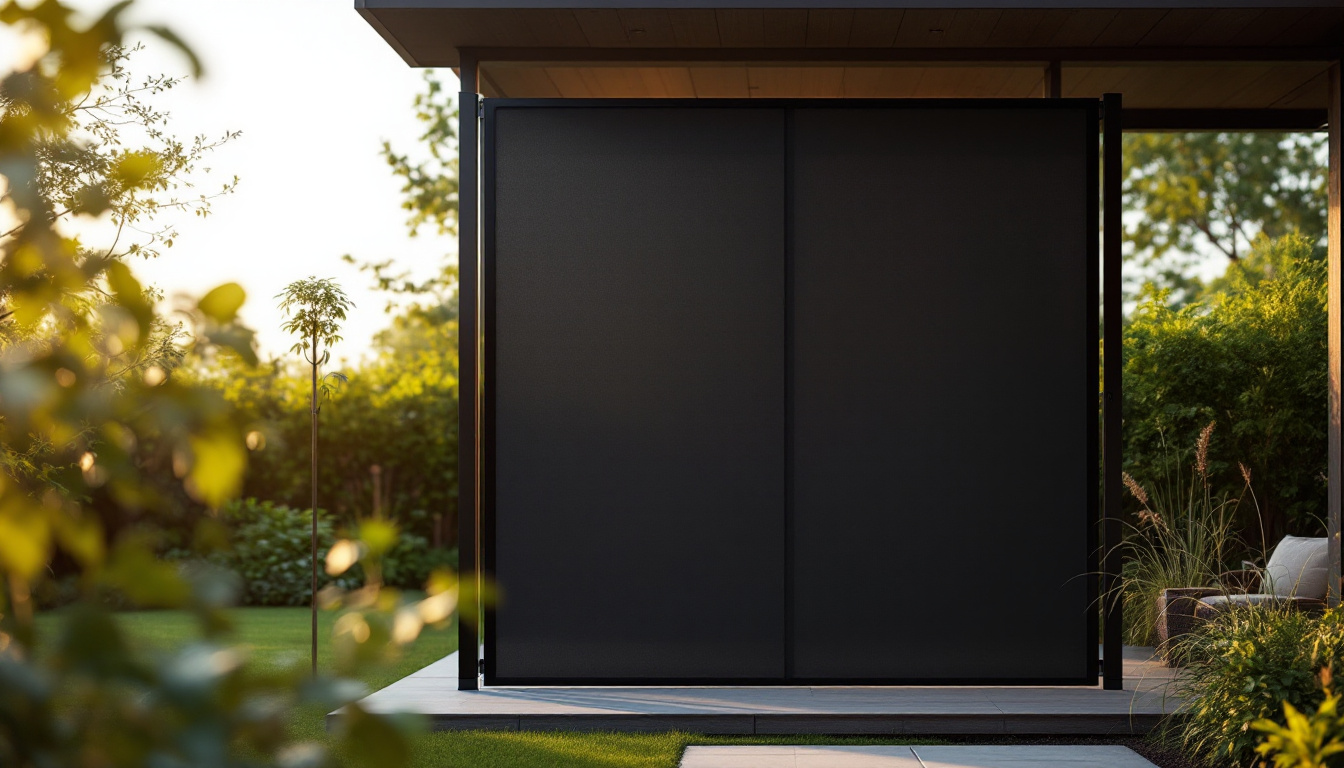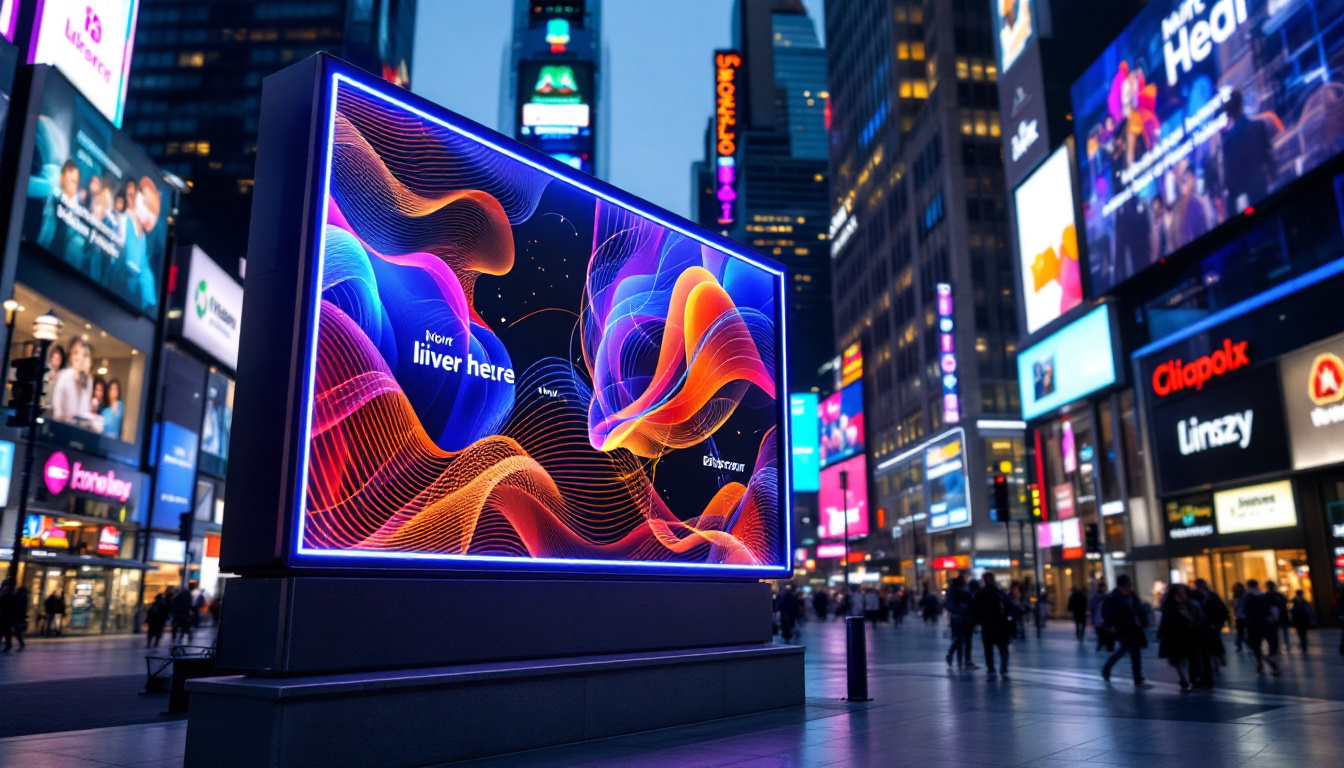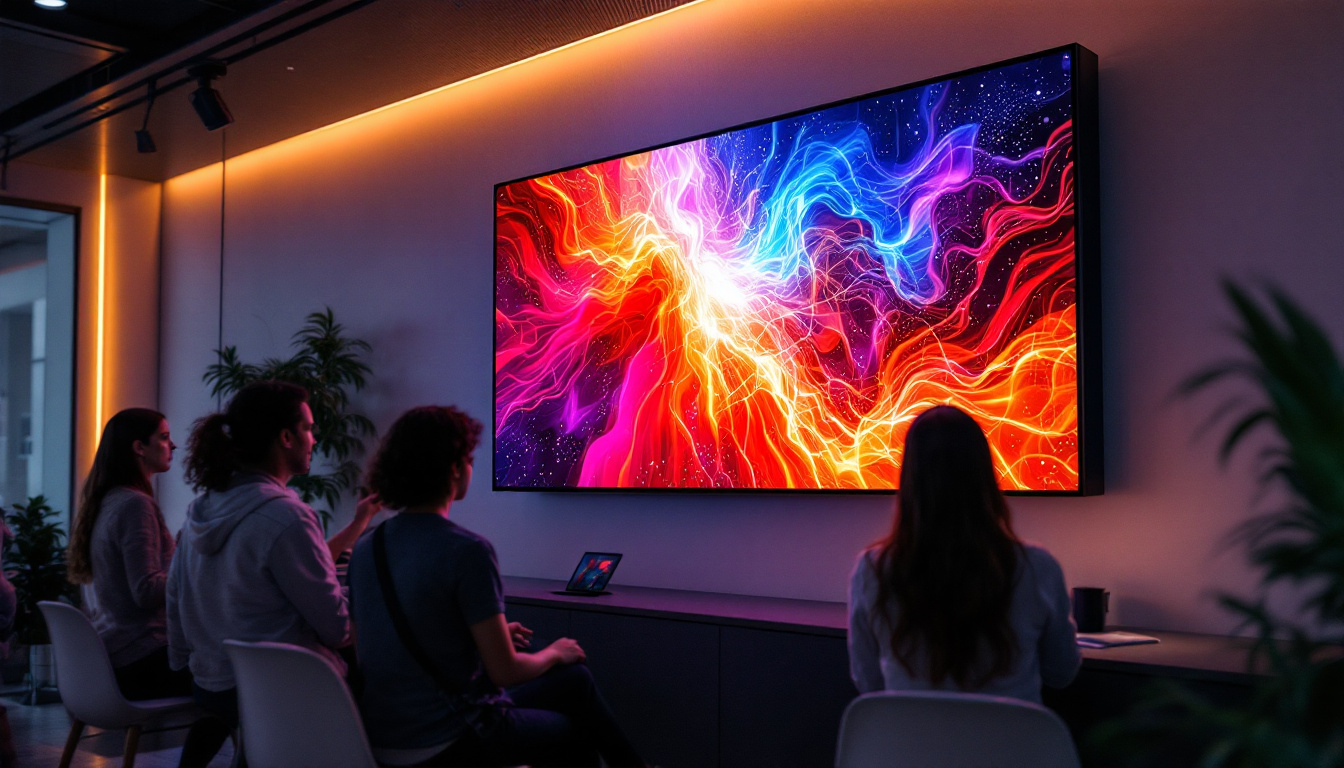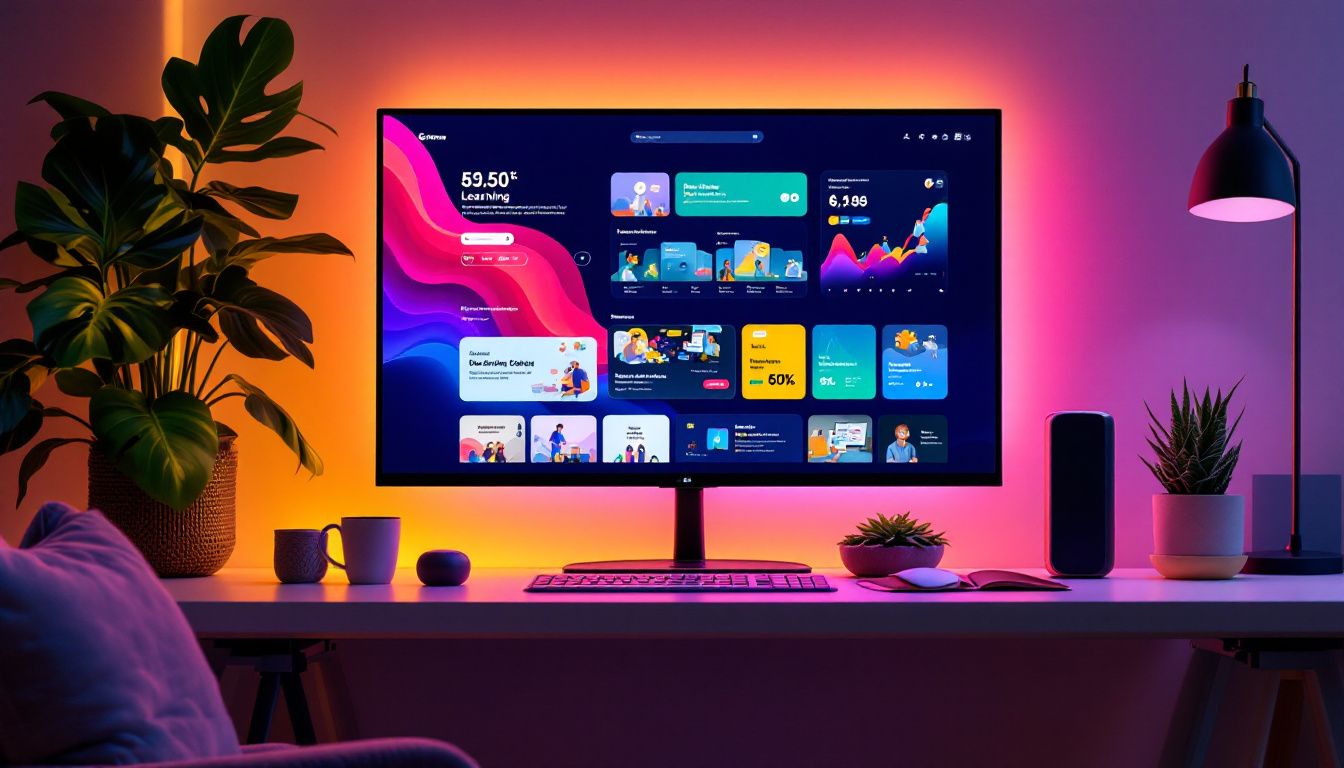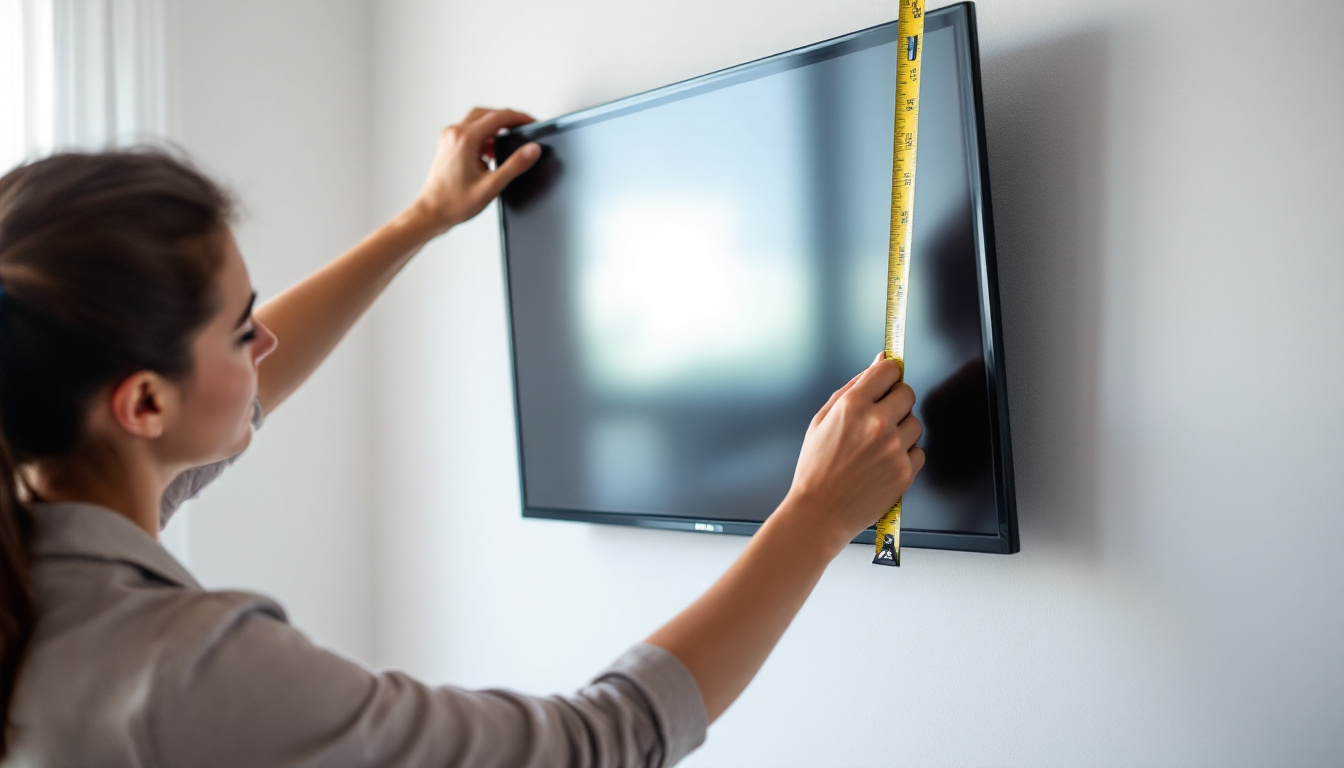In recent years, wall-mounted touch screen monitors have become increasingly popular in various settings, from corporate offices to educational institutions and even in homes. Their versatility and user-friendly interfaces make them an attractive option for displaying information, facilitating presentations, and enhancing interactivity. This article delves into the intricacies of LED displays in wall-mounted touch screen monitors, exploring their features, benefits, and applications.
Understanding LED Technology
Light Emitting Diode (LED) technology has revolutionized the way displays are manufactured and utilized. Unlike traditional LCD screens that rely on backlighting, LED displays use diodes to emit light directly, resulting in brighter images and more vibrant colors. This shift not only enhances the viewing experience but also opens up new possibilities for innovative designs and applications across various industries.
How LED Displays Work
LED displays consist of an array of tiny light-emitting diodes that create images by varying the intensity of light emitted from each diode. This allows for greater control over brightness and color accuracy. The technology can be categorized into two main types: RGB (Red, Green, Blue) and white LED displays. RGB displays combine the three primary colors to create a wide spectrum of colors, while white LED displays use a combination of phosphor coatings to produce white light. The precision in color mixing not only enhances the visual appeal but also allows for dynamic content that can adapt to different environments and user preferences.
The arrangement of these diodes can significantly impact the display’s performance. For instance, a full-color RGB LED display provides a richer visual experience compared to monochrome displays. Additionally, advancements in LED technology have led to enhanced energy efficiency, making them a more sustainable choice for consumers. Modern LED displays can also incorporate features like adaptive brightness, which adjusts the light output based on ambient light conditions, further optimizing energy use and improving visibility.
Benefits of LED Displays
LED displays offer numerous advantages over traditional display technologies. One of the most significant benefits is their energy efficiency. LED monitors consume less power, which not only reduces electricity costs but also contributes to a lower carbon footprint. This energy-saving characteristic is particularly beneficial in large-scale installations, such as stadiums and public venues, where the cumulative savings can be substantial.
Moreover, LED displays are known for their longevity. With a lifespan that often exceeds 50,000 hours, they require less frequent replacements, making them a cost-effective choice in the long run. The durability of LED technology also means that these displays can withstand various environmental conditions, making them suitable for both indoor and outdoor applications. For example, outdoor LED displays are designed to be weather-resistant, ensuring they remain functional in rain, snow, or extreme temperatures. This resilience not only enhances their usability but also expands their application in advertising, entertainment, and information dissemination, making them a preferred choice for many businesses looking to engage their audience effectively.
Features of Wall Mounted Touch Screen Monitors
Wall-mounted touch screen monitors combine the advantages of LED technology with interactive capabilities. These devices are designed to facilitate user engagement, making them ideal for various applications, from digital signage to collaborative workspaces.
Touchscreen Capabilities
One of the standout features of wall-mounted touch screen monitors is their interactive touchscreen capabilities. These monitors utilize capacitive or resistive touch technology, allowing users to interact with the display through touch gestures. Capacitive touchscreens are more common in modern devices due to their responsiveness and ability to recognize multiple touch points simultaneously.
This interactivity opens up a world of possibilities for users. In educational settings, for example, teachers can use touch screen monitors to present lessons, engage students in interactive activities, and facilitate group discussions. In corporate environments, these monitors can be used for presentations, video conferencing, and collaborative brainstorming sessions. Furthermore, in retail spaces, businesses can leverage these monitors for interactive product displays, allowing customers to explore features and specifications at their own pace, thereby enhancing the shopping experience.
High Resolution and Clarity
Wall-mounted touch screen monitors are available in various resolutions, including Full HD (1920×1080), 4K (3840×2160), and even 8K (7680×4320). Higher resolutions provide sharper images and more detailed visuals, enhancing the overall user experience. This is particularly important in settings where clarity is crucial, such as in medical facilities or design studios.
Furthermore, many modern LED displays come equipped with advanced technologies such as HDR (High Dynamic Range) and wide color gamut, which enhance the visual quality by providing deeper blacks and brighter whites. These features ensure that content is displayed with exceptional clarity and vibrancy, making them ideal for showcasing multimedia presentations or detailed graphics. In addition to these visual enhancements, some models also incorporate anti-glare and anti-fingerprint coatings, which not only improve visibility under various lighting conditions but also maintain a clean and professional appearance, crucial for high-traffic public areas or conference rooms.
Applications of Wall Mounted Touch Screen Monitors
The versatility of wall-mounted touch screen monitors allows them to be utilized in a wide range of applications. Their interactive nature and high-quality displays make them suitable for both professional and personal use.
Corporate Settings
In corporate environments, wall-mounted touch screen monitors serve as valuable tools for communication and collaboration. They can be used in conference rooms for presentations, allowing participants to share information seamlessly. With the integration of video conferencing software, these monitors can facilitate remote meetings, bridging the gap between in-person and virtual attendees.
Additionally, digital signage is becoming increasingly prevalent in corporate settings. Wall-mounted touch screen monitors can display important company announcements, schedules, or promotional content, ensuring that employees and visitors are informed and engaged.
Education and Training
In educational institutions, wall-mounted touch screen monitors are transforming the way lessons are delivered. Teachers can create dynamic presentations that incorporate multimedia elements, making learning more engaging for students. Interactive lessons can be designed to encourage participation, fostering a collaborative learning environment.
Moreover, these monitors can be utilized for training purposes in corporate settings. They can display instructional videos, conduct quizzes, or facilitate interactive workshops, enhancing the overall training experience. The ability to interact directly with the content allows for a more effective learning process.
Healthcare and Medical Facilities
In healthcare settings, wall-mounted touch screen monitors play a crucial role in patient care and information dissemination. They can be used to display patient information, treatment plans, and educational materials, ensuring that patients are well-informed about their health.
Additionally, these monitors can enhance communication between healthcare professionals. They can be used for displaying medical imaging, facilitating discussions during consultations, or even for telemedicine applications, allowing doctors to connect with patients remotely.
Choosing the Right Wall Mounted Touch Screen Monitor
When selecting a wall-mounted touch screen monitor, several factors should be considered to ensure that the chosen device meets specific needs and requirements.
Screen Size and Resolution
The size of the monitor is a critical consideration, as it directly impacts visibility and user experience. Larger screens are generally more suitable for public spaces or larger rooms, while smaller screens may be ideal for personal use or smaller offices.
Resolution is equally important. Higher resolutions provide better image quality, which is essential for applications that require detailed visuals. Therefore, assessing the intended use of the monitor can guide the decision on the appropriate screen size and resolution.
Connectivity Options
Connectivity is another vital factor when choosing a wall-mounted touch screen monitor. Modern devices typically offer multiple connectivity options, including HDMI, USB, and VGA ports. Some monitors even support wireless connectivity, allowing for seamless integration with other devices.
Ensuring that the monitor is compatible with existing technology and software is crucial for maximizing functionality. Additionally, features such as built-in speakers, microphones, and cameras can enhance the overall user experience, particularly in collaborative environments.
Installation and Maintenance
Proper installation and maintenance of wall-mounted touch screen monitors are essential for ensuring optimal performance and longevity. The installation process can vary depending on the specific model and mounting requirements.
Installation Guidelines
When installing a wall-mounted touch screen monitor, it is crucial to select an appropriate location that allows for easy access and visibility. The monitor should be mounted at a height that is comfortable for users, taking into account factors such as seating arrangements and the intended use of the device.
Additionally, following the manufacturer’s guidelines for installation is essential. This may involve using specific mounting brackets or hardware to ensure that the monitor is securely attached to the wall. Professional installation services may also be considered, particularly for larger or more complex setups.
Regular Maintenance Practices
Maintaining a wall-mounted touch screen monitor involves regular cleaning and software updates. Keeping the screen clean is essential for ensuring optimal visibility and preventing damage. It is advisable to use a microfiber cloth and a gentle cleaning solution specifically designed for electronics.
Software updates are equally important, as they can enhance the monitor’s functionality and security. Regularly checking for updates ensures that the device operates smoothly and remains compatible with new applications and features.
Conclusion
Wall-mounted touch screen monitors equipped with LED displays offer a plethora of benefits, making them an invaluable addition to various environments. Their interactive capabilities, high-resolution displays, and versatility make them suitable for corporate, educational, and healthcare applications.
As technology continues to evolve, these monitors will likely become even more advanced, offering enhanced features and functionalities. By understanding the intricacies of LED technology and the various applications of wall-mounted touch screen monitors, users can make informed decisions that align with their specific needs.
Investing in a high-quality wall-mounted touch screen monitor not only enhances user experience but also contributes to improved communication and collaboration across various settings. As such, they represent a significant step forward in the integration of technology into everyday life.
Discover LumenMatrix’s Innovative LED Display Solutions
Ready to elevate your space with the latest in LED display technology? LumenMatrix offers a comprehensive range of cutting-edge LED display solutions tailored to meet your unique needs. From enhancing corporate communication to transforming educational environments and improving patient care in healthcare facilities, our state-of-the-art LED display modules are designed to create immersive visual experiences and deliver your message with unparalleled clarity. Check out LumenMatrix LED Display Solutions today and take the first step towards revolutionizing your visual engagement.





